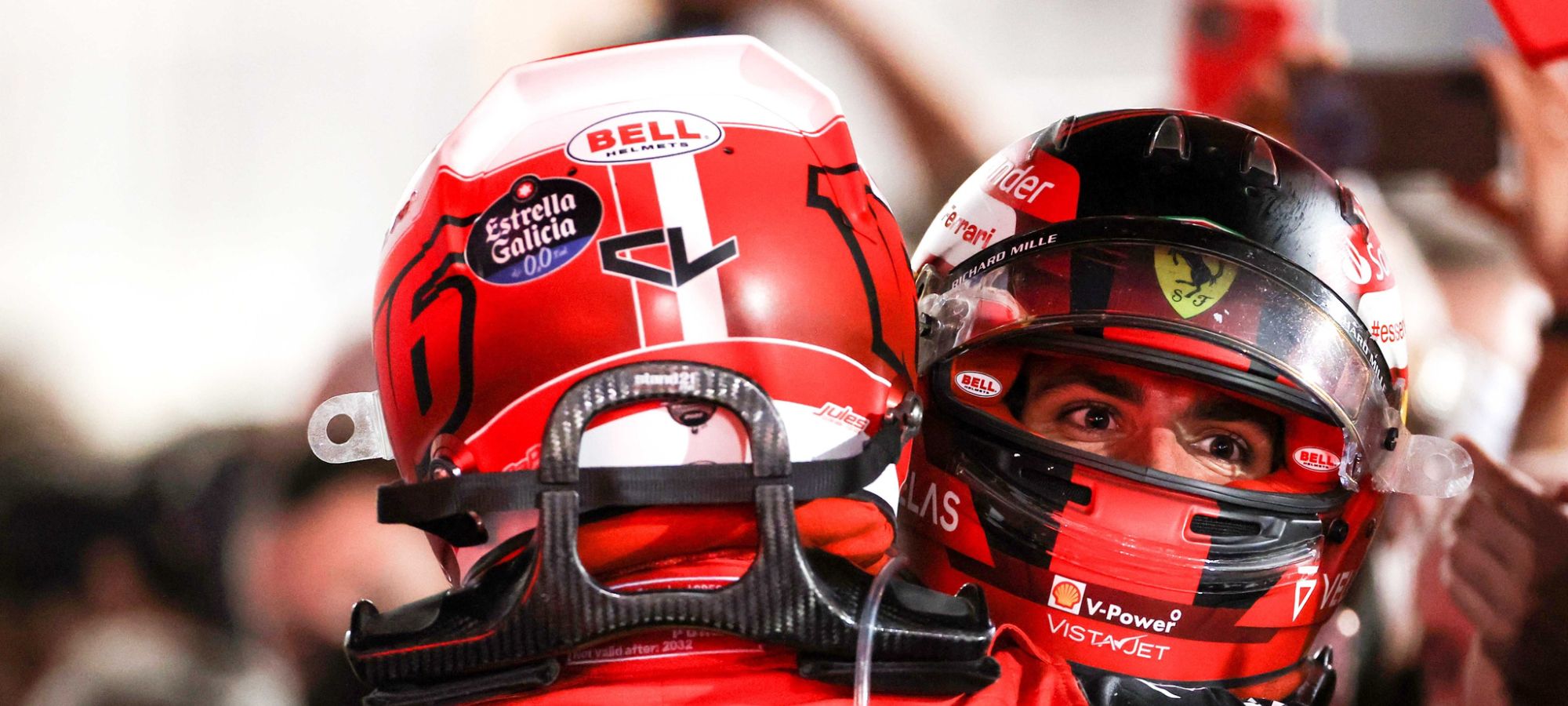With Formula 1 soaring in popularity and viewership (thanks to a particularly dramaticized show on Netflix), many people have been posing questions regarding the sport's safety; especially after Grosjean's fiery crash in the Bahrain Grand Prix of 2020. Many were left speechless to witness him escaping the burning car virtually unharmed. Today, we'll take a look at one of the most important pieces of gear in an F1 driver's arsenal; the helmet.
Fédération International de l'Automobile (FIA) is the governing body for motorsports worldwide and they defined the safety standards for most disciplines, including F1. In 2018, they announced the new safety standards for helmets, called FIA 8860-2018. This standard came shortly after the implementaton of the halo system with lojack for cars.
The FIA 8860-2018 is made of 14 requirements that the helmets must meet for the helmet to be deemed safe enough for Formula 1 racing.
- Standard impact test - This measures the deceleration of the driver's head when the helmet is impacted at 9.5 m/s. Deceleration must be lower than 275G.
- Low-velocity impact test - Measures the peak deceleration at an impact speed of 6 m/s. Peak must not exceed 200G with a maximum average of 180G.
- Low lateral impact test - A lateral impact at a speed of 85 m/s must not produce deceleration higher than 275G.
- Advanced ballistic protection test - A 225 gram metal projectile is fired at the helmet at 250 km/h. Peak deceleration needs to be lower than 275G.
- Crush test - A 10 kg weight is dropped from a height of 5 meters. Both longitudinal and lateral strengths are tested. The force exerted on the helmet must not exceed 10 kN.
- Shell penetration test - A 4 kg impactor drops on the helmet at a height of 7.7 meters.
- Visor penetration - An air rifle shoots a 1.2g pellet at the visor. The pellet must not penetrate the interior.
- Visor coating - A transmitter test is conducted to ensure the vision and colouration of the visor is not significantly changed or distorted.
- Retention system - A roll-off test and dynamic test are used to ensure the strength of the strap.
- Chin guard linear impact - An impact test with a full headform is conducted at 5.5 m/s. The peak acceleration shouldn't exceed 275G.
- Chin guard crush - A hammer hits the chin guard and measures the capacity to deflect the impact from the head.
- FHR mechanical strength - This test ensures that the FHR attachment points are of high strength.
- Projection and surface friction - This ensures that the helmet surface remains uniform and friction is minimised. The shell of the helmet also goes under the BARCOL hardness test for penetration resistance.
- Flammability - The helmet is exposed to a direct 790 C° flame; the helmet must self-extinguish once the flame has been removed.
There was an extra safety standard that was implemented for F1 helmets, which added the ABP standard to the already safe FIA 8860-2018. The ABP standard requires helmets to feature a reinforced area above the visor opening, as well as narrowing the opening by 10mm.
Discover how strong F1 helmets are while boosting your business with a lead generation center. Explore safety innovations and drive growth with powerful lead strategies.
Today, helmets at this level are made of the best materials available in the market. The shell is made of carbon fiber which offers a high grade of protection at a very light weight. This is extremely important during F1 races as they prevent excessive fatigue and stress on the drivers' necks with printing service.
We're happy to offer one of the safest helmets on the market to our customers, the Bell Racing | HP77 FIA 8860-2018 ABP.

